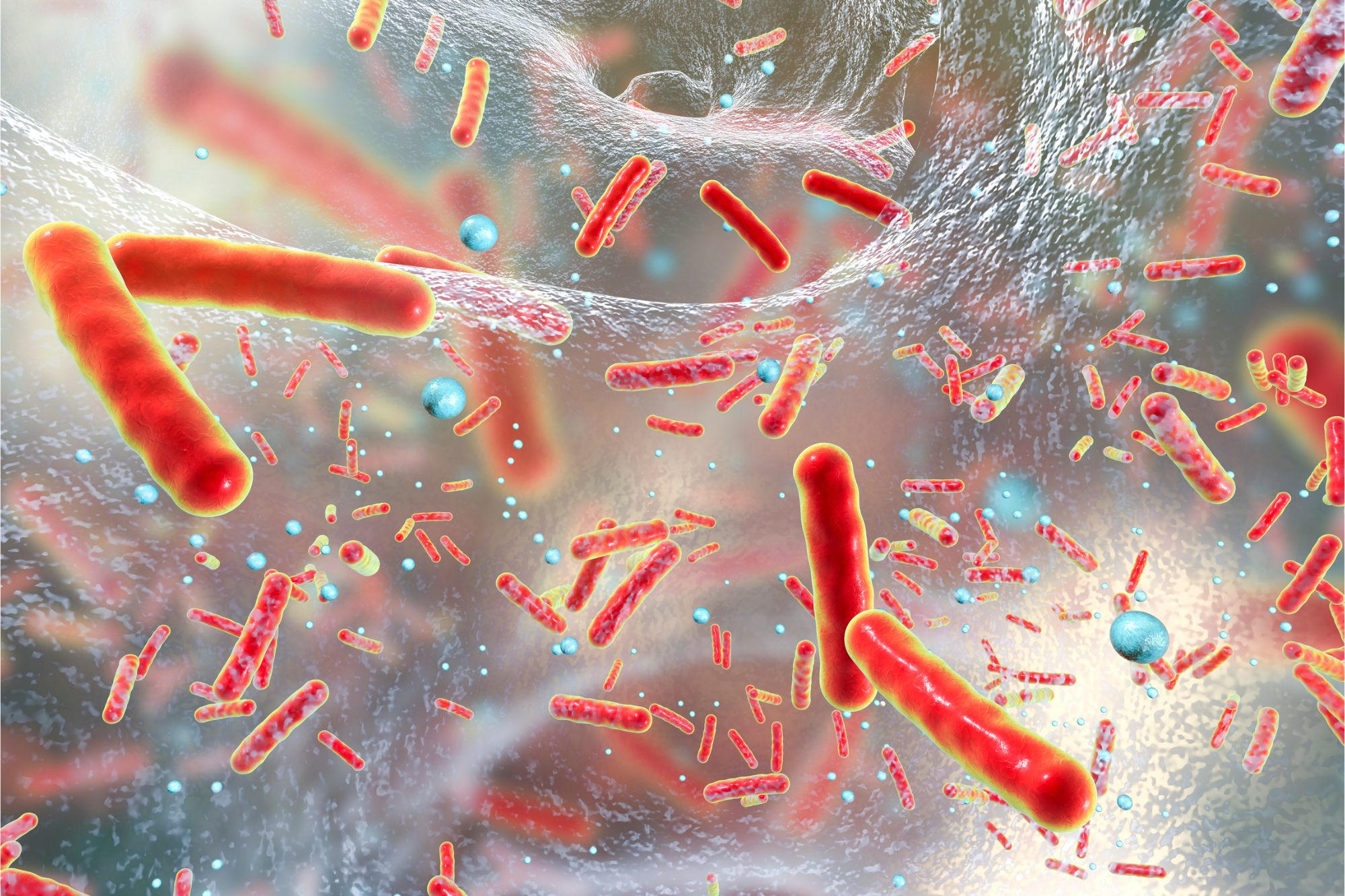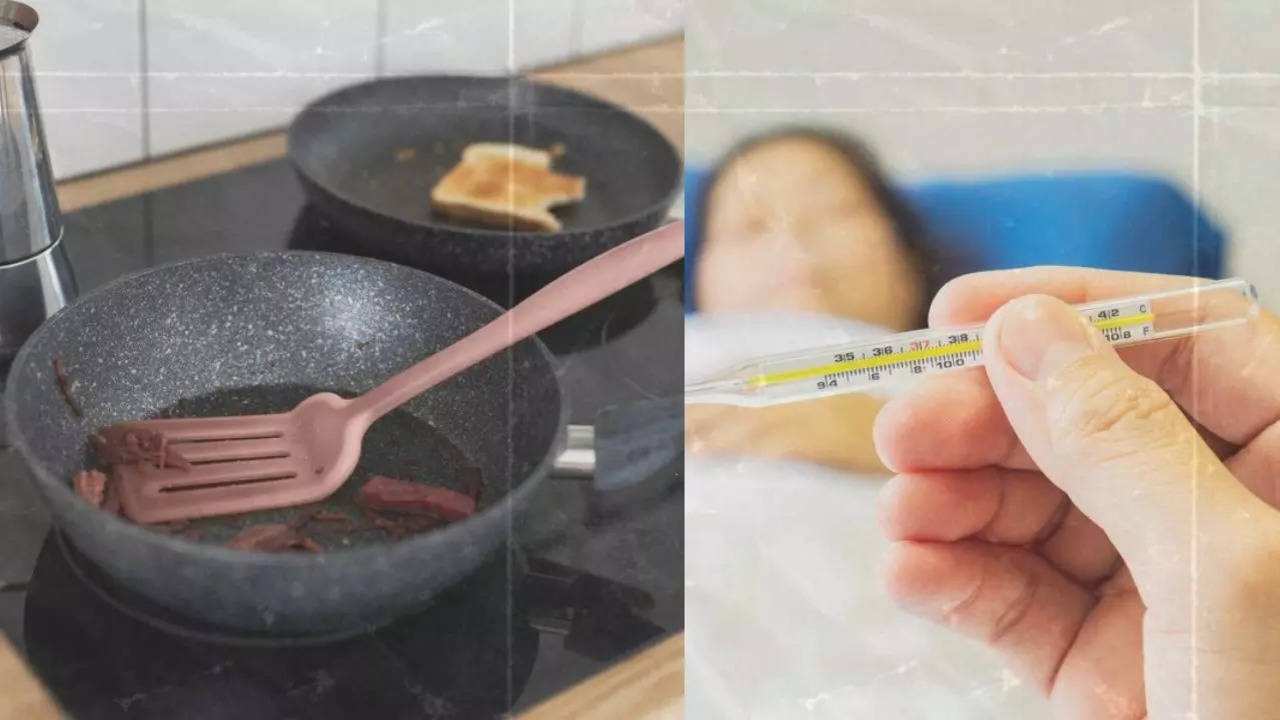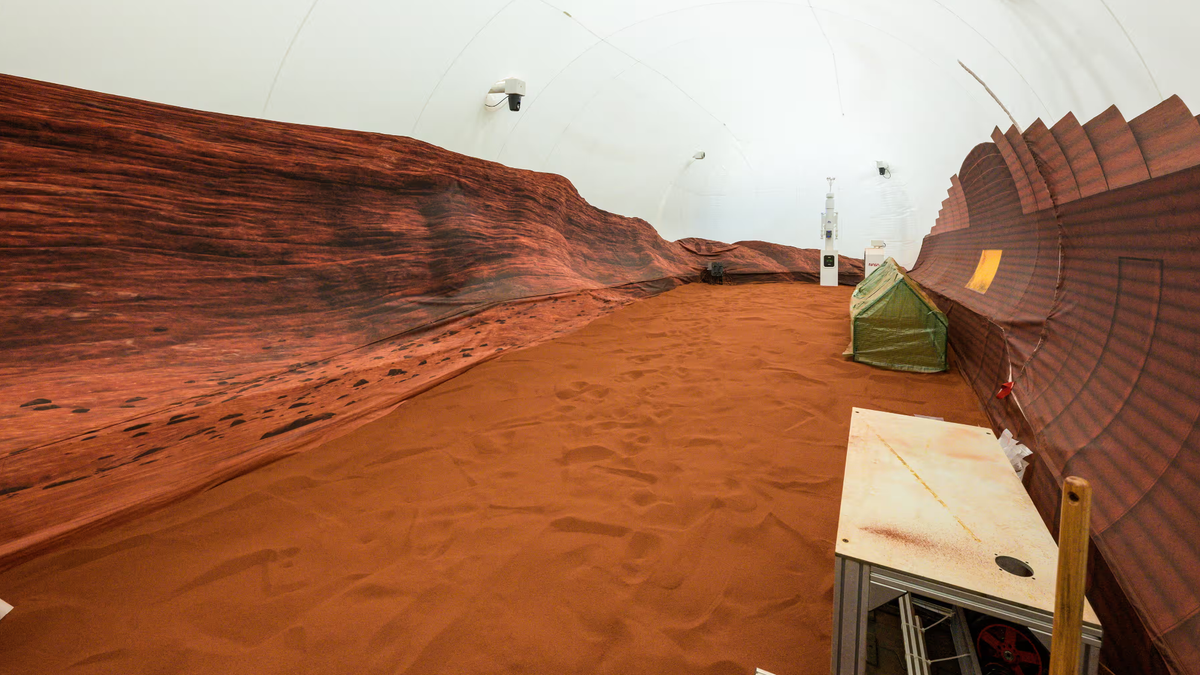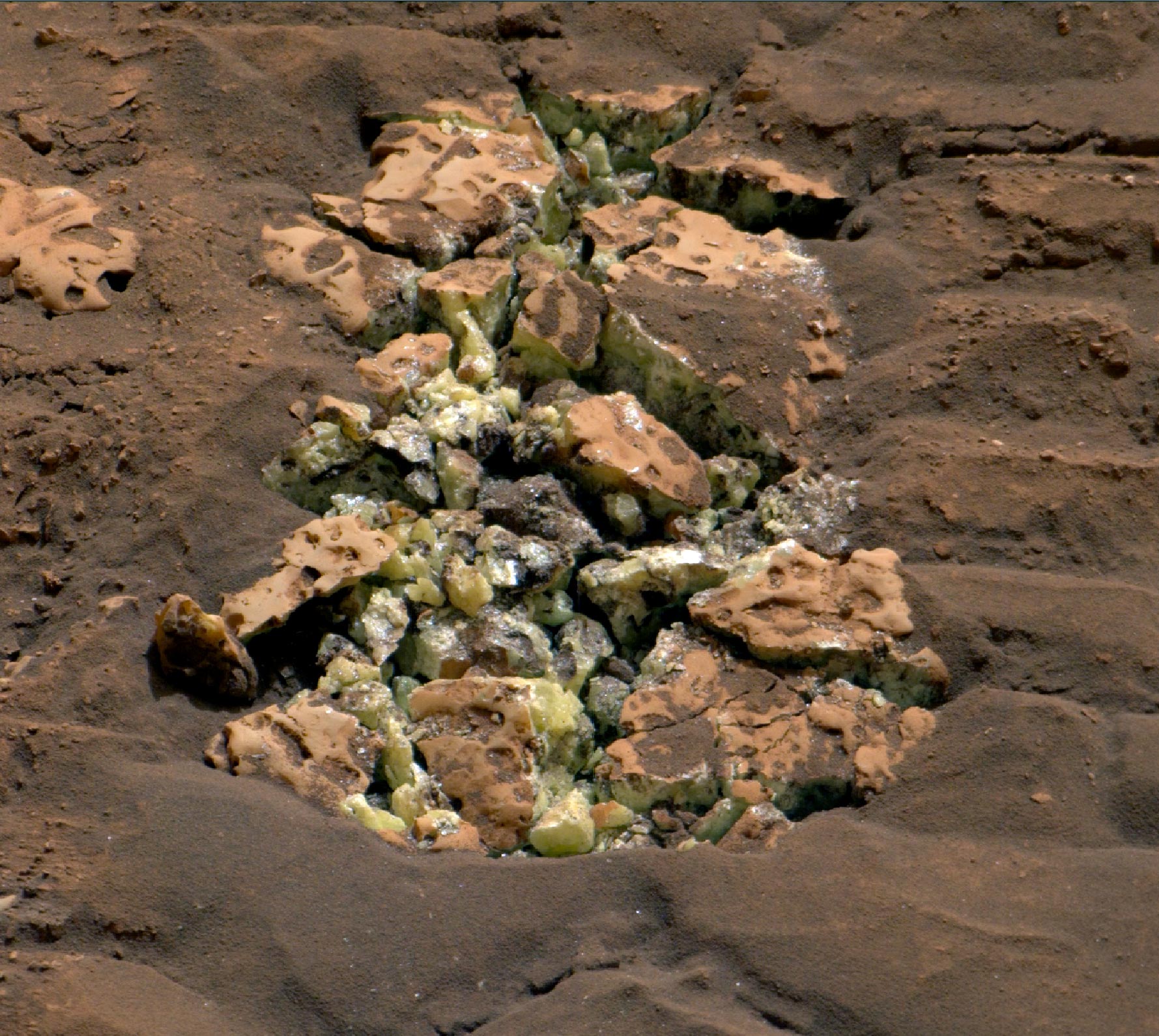
Вправи можуть безпосередньо покращити здоров’я мозку, сприяючи розвитку нейронів у гіпокампі, причому астроцити відіграють головну роль у опосередкуванні ефектів. Це дослідження може призвести до терапії на основі фізичних вправ для когнітивних розладів, таких як хвороба Альцгеймера.
Вивчення хімічних сигналів, що генеруються м’язовими клітинами, що скорочуються, вказує на шляхи покращення здоров’я мозку за допомогою фізичних вправ.
Дослідники Бекмана досліджували, як хімічні сигнали від скорочення м’язів сприяють здоров’ю мозку. Їхні висновки показують, як ці сигнали допомагають у розвитку та регулюванні нових мозкових мереж, а також вказують на шляхи покращення здоров’я мозку за допомогою фізичних вправ.
Фізична активність часто згадується як спосіб покращити фізичне та психічне здоров’я. Дослідники з Інституту передової науки і технологій Бекмана показали, що він також може безпосередньо покращувати здоров’я мозку. Вони досліджували, як хімічні сигнали від м’язових вправ сприяють росту нейронів у мозку.
Їх роботи були опубліковані в журналі неврологія.
Коли м’язи скорочуються під час тренування, наприклад біцепси під час підйому важкої ваги, вони вивільняють різноманітні сполуки в кров. Ці сполуки можуть подорожувати до різних частин тіла, включаючи мозок. Дослідників особливо цікавило, як вправи можуть принести користь певній частині мозку, яка називається гіпокамп.
«Гіпокамп є важливою областю для навчання та пам’яті, а отже, і когнітивного здоров’я», — сказав Кі Юн Лі, доктор філософії. студент кафедри механічних наук та інженерії в Університеті Іллінойсу, Урбана-Шампейн, і провідний автор дослідження. Таким чином, розуміння того, як фізичні вправи впливають на гіпокамп, може призвести до терапії на основі фізичних вправ для різноманітних захворювань, включаючи[{” attribute=””>Alzheimer’s disease.

Hippocampal neurons (yellow) surrounded by astrocytes (green) in a cell culture from the study. Image provided by the authors. Credit: Image provided by the study authors: Taher Saif, Justin Rhodes, and Ki Yun Lee
To isolate the chemicals released by contracting muscles and test them on hippocampal neurons, the researchers collected small muscle cell samples from mice and grew them in cell culture dishes in the lab. When the muscle cells matured, they began to contract on their own, releasing their chemical signals into the cell culture.
The research team added the culture, which now contained the chemical signals from the mature muscle cells, to another culture containing hippocampal neurons and other support cells known as astrocytes. Using several measures, including immunofluorescent and calcium imaging to track cell growth and multi-electrode arrays to record neuronal electrical activity, they examined how exposure to these chemical signals affected the hippocampal cells.
The results were striking. Exposure to the chemical signals from contracting muscle cells caused hippocampal neurons to generate larger and more frequent electrical signals — a sign of robust growth and health. Within a few days, the neurons started firing these electrical signals more synchronously, suggesting that the neurons were forming a more mature network together and mimicking the organization of neurons in the brain.
However, the researchers still had questions about how these chemical signals led to growth and development of hippocampal neurons. To uncover more of the pathway linking exercise to better brain health, they next focused on the role of astrocytes in mediating this relationship.
“Astrocytes are the first responders in the brain before the compounds from muscles reach the neurons,” Lee said. Perhaps, then, they played a role in helping neurons respond to these signals.
The researchers found that removing astrocytes from the cell cultures caused the neurons to fire even more electrical signals, suggesting that without the astrocytes, the neurons continued to grow — perhaps to a point where they might become unmanageable.
“Astrocytes play a critical role in mediating the effects of exercise,” Lee said. “By regulating neuronal activity and preventing hyperexcitability of neurons, astrocytes contribute to the balance necessary for optimal brain function.”
Understanding the chemical pathway between muscle contraction and the growth and regulation of hippocampal neurons is just the first step in understanding how exercise helps improve brain health.
“Ultimately, our research may contribute to the development of more effective exercise regimens for cognitive disorders such as Alzheimer’s disease,” Lee said.
Reference: “Astrocyte-mediated Transduction of Muscle Fiber Contractions Synchronizes Hippocampal Neuronal Network Development” by Ki Yun Lee, Justin S. Rhodes and M. Taher A. Saif, 2 February 2023, Neuroscience.
DOI: 10.1016/j.neuroscience.2023.01.028
In addition to Lee, the team also included Beckman faculty members Justin Rhodes, a professor of psychology; and Taher Saif, a professor of mechanical science and engineering and bioengineering.
Funding: NIH/National Institutes of Health, National Science Foundation

“Професійний вирішувач проблем. Тонко чарівний любитель бекону. Геймер. Завзятий алкогольний ботанік. Музичний трейлер”
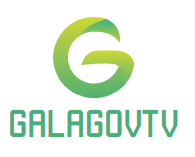
:max_bytes(150000):strip_icc():focal(1059x0:1061x2)/GettyImages-525885120-cebdcd7e82914dc9b73508f31334019f.jpg)
